The news media can be a strong ally or a dangerous obstacle to SSFFC malaria medicines communication campaigns. When well informed, the news media can raise public awareness about the prevalence and risks associated with SSFFC antimalarials, inform listeners, readers and viewers about steps they can take to protect themselves and others, and mobilize stakeholders to play their part in the fight against SSFFC malaria medicines. However, when the news media does not have clear and accurate information, they can undermine efforts by sensationalizing the issue and scaring people away from effective malaria treatment.
HC3 prepared this section in collaboration with their partner Internews. It is based on Internews’ experience training journalists and media specialists in Nigeria and around the world. It also includes content from News for a Change.
What is the News Media?
The news media can be divided into five broad categories: print publications (such as newspapers and magazines), radio, television, online news outlets and social media platforms (such as Facebook, Twitter, Instagram, Snapchat, Periscope and many others). Each of these categories can be sorted according to their geographic reach (national, regional, local and community) or their specialized areas of focus. Each category has its own distinct styles and audiences.
- Public Service Media
- Independent Media
- State-owned Media
- Mainstream Media
- Alternative Media
- Community-based Media
- Citizen Journalism
Public Service Media is generally associated with broadcasting (television and radio), which is made, financed and controlled by the public, for the public. It is neither commercial nor state-owned, and it is free from political interference and pressure from commercial forces. (Source: UNESCO )
| PROS | CONS |
|
|
Independent Media is generally defined as any form of media (e.g., radio, television, print and online media) that is free of influence by government or corporate interests. It can act as a sounding board for government policies, enable citizen participation, and act as a force for accountability and a bulwark against abuses of power. Without an independent media, it is difficult for citizens to raise and discuss issues of development that affect their lives. (SOURCE: Internews )
| PROS | CONS |
|
|
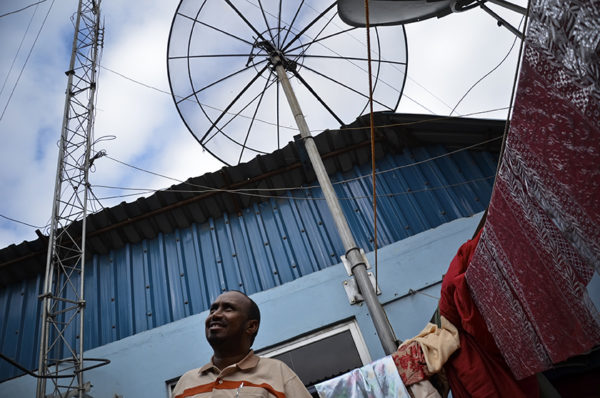
Mohamed Hassan Osman, manager at Star FM, poses for a portrait on the roof of Star FM's studio in Nairobi, Kenya. Star FM is working with Internews to build a local radio station in Dadaab, Kenya so that the refugee population there has better access to local news.
State-owned Media is considered media for mass communication that is controlled both financially and editorially by the state (or government in power).
| PROS | CONS |
|
|
Mainstream Media is generally understood to mean mass media as a significant force or sphere of influence in modern culture that has the potential to effect large groups of people, and to both reflect and shape societal norms and attitudes.
| PROS | CONS |
|
|
Alternative Media differs from the dominant forms of media and is usually considered to be contra mainstream media in that it does not represent society’s mainstream or dominant ideologies. While it can take the same forms as mainstream media – in other words, print, radio, television and the internet – in some instances it is so widely consumed as to be considered mainstream. (SOURCE: Simon Fraser University )
| PROS | CONS |
|
|
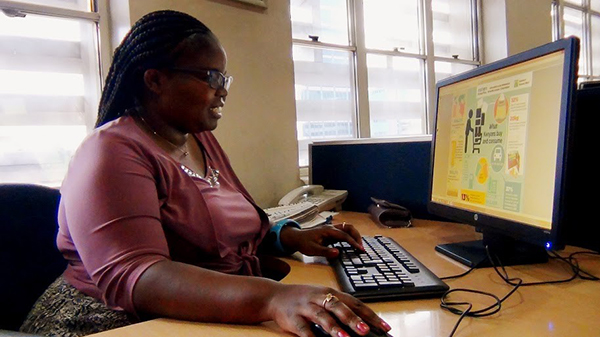 Community-based Media is owned, operated and managed by communities and is commonly associated with a grassroots attitude and a bias toward the free flow of opinions and ideas. It is usually driven by a mission to educate and inform and to “create a big tent under which its listeners can engage and challenge each other, as well as their political leadership.” Radio is the most commonly preferred media platform, and while these operations tend to be small, they can cover relatively large geographic areas, and impact many people. (SOURCE: UNESCO )
Community-based Media is owned, operated and managed by communities and is commonly associated with a grassroots attitude and a bias toward the free flow of opinions and ideas. It is usually driven by a mission to educate and inform and to “create a big tent under which its listeners can engage and challenge each other, as well as their political leadership.” Radio is the most commonly preferred media platform, and while these operations tend to be small, they can cover relatively large geographic areas, and impact many people. (SOURCE: UNESCO )
| PROS | CONS |
|
|
Citizen Journalism represents the journalism provided by individuals without professional journalism training, who use modern technology to create, analyze and disseminate news and information.
| PROS | CONS |
|
|
Benefits of Working with the Media
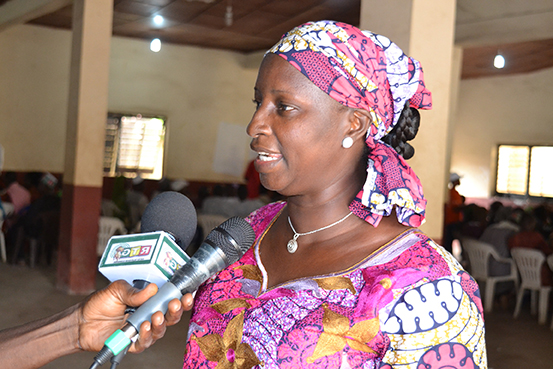 Research shows that the amount and way that an issue is covered by the media strongly influences how people feel and act about the topic. Partnering with the media can help to strengthen the reach and impact of SSFFC malaria medicines SBCC campaign by reinforcing key messages through news sources that are trusted by the intended audiences. Media engagement can also help to reduce knowledge gaps, correct misinformation, stimulate discussion and influence knowledge, attitudes, behaviors, norms and even policymaking.
Research shows that the amount and way that an issue is covered by the media strongly influences how people feel and act about the topic. Partnering with the media can help to strengthen the reach and impact of SSFFC malaria medicines SBCC campaign by reinforcing key messages through news sources that are trusted by the intended audiences. Media engagement can also help to reduce knowledge gaps, correct misinformation, stimulate discussion and influence knowledge, attitudes, behaviors, norms and even policymaking.
Collaborating with the media can be a “win-win” for health program and media staff. Journalists regularly have space and airtime to fill, but are often constrained by tight deadlines or a lack of knowledge about a health issue. This is especially the case for an emerging health topic like SSFFC malaria medicines. Health practitioners, on the other hand, want to increase awareness about their issue and promote positive behaviors to a vast audience, but may not have adequate resources to do so. By orienting the media on the best practices and key considerations for reporting on SSFFC malaria medicines, program staff will not only ensure accurate reporting the first time a story goes to press, but will also create a sustainable workforce to communicate with their intended audiences.
By working directly with journalists, program staff can increase the reach and sustainability of their media activities, as well as their program. Journalists are nicely placed to report on a health issue over time. They are uniquely able to amplify, personalize and share the nuances of a particular issue as breaking news occurs or public awareness and opinion changes. When health professionals collaborate with the media, they gain access to journalists who understand the SSFFC malaria medicines situation, and can produce higher quality and better informed reporting about the issue. Journalists in turn gain a reliable and trustworthy source of information.
All in all, when engagement is done intentionally and thoughtfully, the news media can be invaluable allies to health communicators. Investing in the widespread dissemination of informed, accurate and engaging public information can result in sustainable returns that, story by story, make a difference in the lives and well-being of people.
Considerations for Working with the Media
While there are many positives to partnering with the media, health practitioners must be sure to clearly communicate the nuances of SSFFC malaria medicines to their media partners in order to prevent the unintentional spread of harmful rumors or attitudes. As mentioned in Part 1 of the I-Kit, the global community has been working for some time to promote the effectiveness of artemisinin-combination therapy (ACTs). Any reporting on SSFFC malaria medicines must be careful to focus on the steps people can take to protect themselves, and not cast doubt on the effectiveness of ACTs. If news stories only talk about SSFFC malaria medicines in a negative light, they may actually undermine your SBCC campaign’s desired effects. To avoid discouraging people from using effective malaria medicines, journalists should prepare stories emphasizing the effectiveness of good quality malaria medicines, as well as the steps that consumers can take to ensure medicine quality.
In addition, SBCC practitioners should remember to budget for training and engaging with the news media. While training local media well has immediate (frontloaded) cost implications, these costs are more than offset by the sustainability and longevity of this approach Reference . It is important to ensure that your program’s media strategy is appropriate for the funds and resources available to your organization. Depending on your media plan, you will need to budget for:
- Press (or media) conferences
- Production of press/media kits
- Training course(s) for journalists
- Travel for journalists to capture human interest stories
- Study tours for journalists to learn about drug quality assurance, regulation or enforcement
This section, How to Work with the Media on SSFFC Malaria Medicines describes a step-by-step process that health program managers and communication specialists can follow to develop mutually beneficial relationships with media representatives and effectively engage their support for their SSFFC malaria medicines campaign. It illustrates these steps through examples from HC3’s work with the media in Nigeria. It is recommended that health practitioners looking to work with the media follow the five essential steps below.
We encourage you to share your experiences, questions and thoughts about working with the news media on SSFFC malaria medicines by using the contact form on this I-Kit or post about your experience on Springboard for Health Communication.


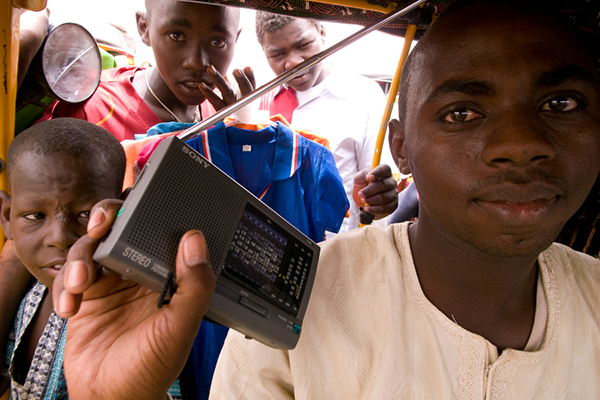
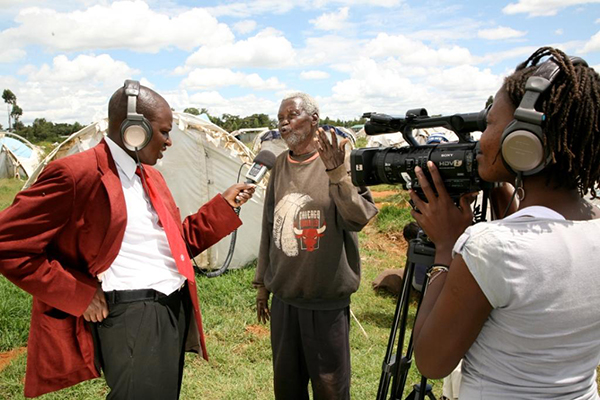
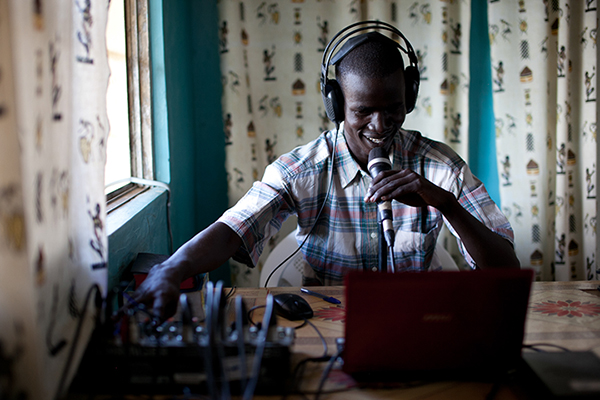
No Comments